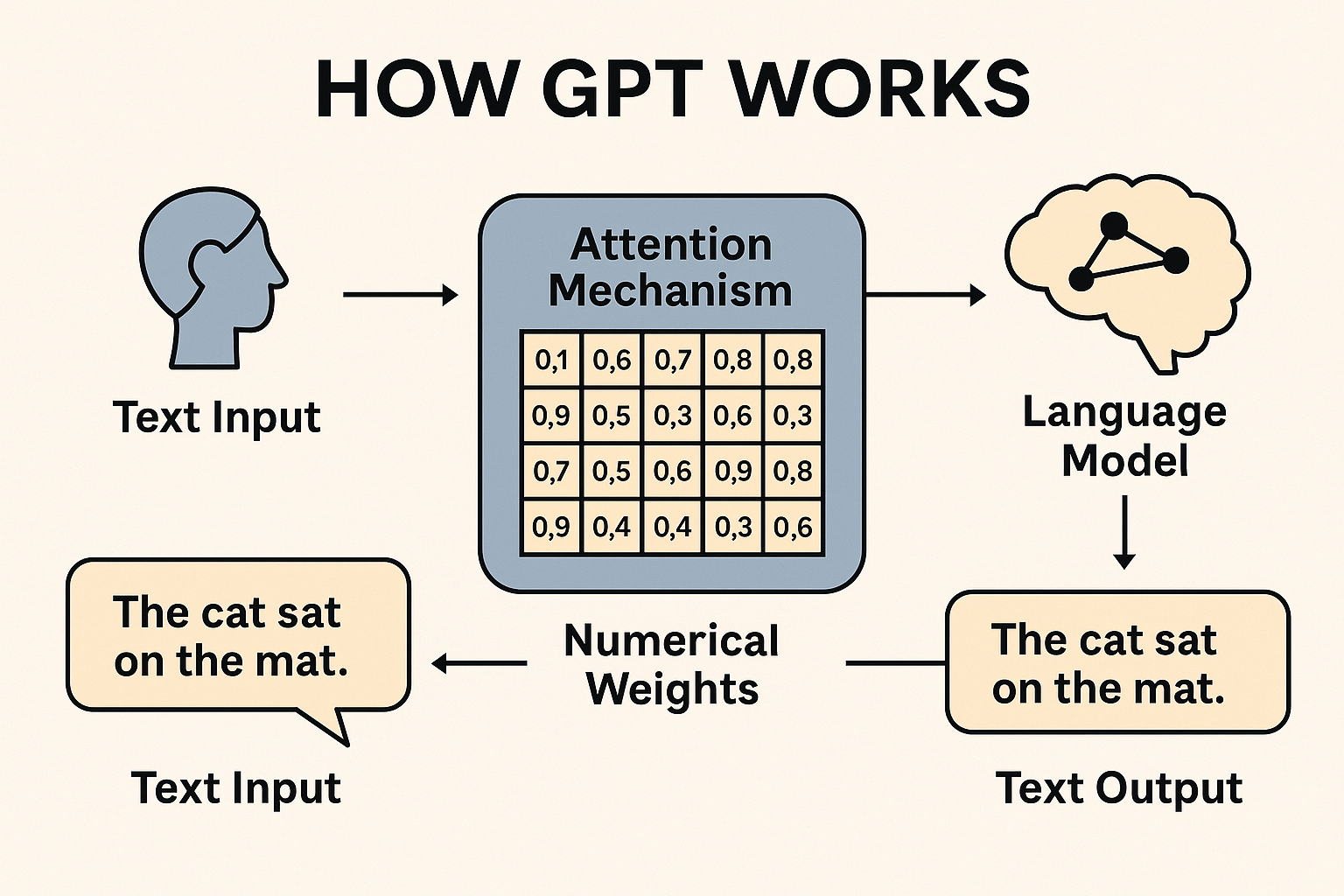The four-day work week was unthinkable, except in science fiction, as recently as five years ago. But one of the many things the COVID-19 pandemic taught us is that the structure of the workplace can change significantly and still be viable. That realization has opened the door to considering a work week of four 10-hour days or even 32 hours as a real possibility.
The idea has been around since at least the 1950s; but until recently, it hasn’t been taken seriously.
A 2024 KPMG poll of 100 US CEOs found that nearly one-third of US companies are exploring the idea of dropping one day a week. That may sound unimpressive at first, but think about it for a moment. Let it sink in.
This is only the vanguard.
Four-day week trials and studies have been surprisingly positive for both employees and employers. The large UK four-day work week pilot program was so successful that, of the 61 firms that participated, 92% said they would continue their four-day work week beyond the trial, including 29% that had already decided to make the change permanent. Earlier studies were also successful. And several companies have reported success in many facets of their business with their own trials, such as US-based Exos.
Employees are receptive to the idea. A Washington Post-Ipsos conducted a year ago showed that 75% of US workers would rather work four 10-hour days than five eight-hour days for the same pay. Meanwhile, according to a survey by cloud-software vendor Qualtrics, 92% of US workers are in favor of a shortened work week, even if it means working longer hours each day.
European countries may be ahead of the curve on shorter work weeks, with the UK and Germany undertaking large-scale trials; Iceland, Portugal, and Spain are also running pilot programs; and Belgium is the first country to pass a law that gives workers the option to work a four-day 40-hour week.
Analyzing the benefits
A shortened work week can help companies attract top talent, boost employee retention, reduce employee stress, lower the carbon footprint of employees (and potentially that of the company), and save employees money on commuting and childcare. The largest benefit, however, is a major boost to work-life balance, which appears to foster an increase in work productivity. (Check out this list of pros and cons of the 4-day work week.)
The concurrent arrival of a host of generative AI tools should also bolster productivity, mitigating any risks when switching to a four-day work week.
Those who oppose the notion might see productivity as chiefly measured by time — so many minutes equals so much productivity. And that might be true for assembly-line manufacturing, for example; the four-day work week isn’t for every company.
For many other jobs where what’s being created is intellectual property, ideas, strategic plans, sales, marketing, and software, for instance, intellectual acuity is the essential ingredient — and burn-out is a very real challenge in such roles. To be sharp, you need to be well-rested in mind and body. A four-day work week could well boost productivity in that kind of environment.
Even before the pandemic, some companies had begun to loosen up. Casual Fridays became work-at-home Fridays, for instance. Switching to working four days a week seems like a natural progression in that scenario.
So, it’s not surprising that a common finding of many four-day-work-week trials is that employee productivity grows, even in 32-hour weeks. More days in a week allows for more meetings, more distractions, more long lunches, and more employee procrastination. Fewer days in a week forces employees to sharpen their time-management skills and focus on completing tasks. Getting your mind out of the job for three days recharges your batteries and brings new perspective to your work, which in turn can elevate productivity.
Implementing a four-day work week
To ensure this change is successful, companies can’t just flip a switch and suddenly tell everyone that they work four days a week. According to the Harvard Business Review, four-day work week initiatives “only work if companies undertake substantial work redesign to reduce hours while maintaining business outcomes. This means streamlining operations, removing administrative burdens, and prioritizing high-impact work.”
For more information about successfully planning a four-day work week trial or roll-out, here are useful resources:
How to implement a 4-day work week, according to a CEO — Fast Company
A guide to implementing the 4-day work week –— Harvard Business Review
How to implement a 4-day work week for the whole organization –— MIT Sloan
Four-day week: how workplaces can successfully establish it — The Conversation
The 4-day work week schedule – An Implementation Guide — Shiftbase
The future of work is a complex vista of remote work, hybrid work, return to office mandates, and flexible working arrangements affected by trends like genAI and the pursuit of work-life balance. A shorter work week is a significant alternative in the mix that could reshape work as we know it. What exactly that will look like is hard to predict, but it’s likely the four-day work week will play a leading role.
IT Strategy, Productivity Software, Technology Industry
The four-day work week was unthinkable, except in science fiction, as recently as five years ago. But one of the many things the COVID-19 pandemic taught us is that the structure of the workplace can change significantly and still be viable. That realization has opened the door to considering a work week of four 10-hour days or even 32 hours as a real possibility.
The idea has been around since at least the 1950s; but until recently, it hasn’t been taken seriously.
A 2024 KPMG poll of 100 US CEOs found that nearly one-third of US companies are exploring the idea of dropping one day a week. That may sound unimpressive at first, but think about it for a moment. Let it sink in.
This is only the vanguard.
Four-day week trials and studies have been surprisingly positive for both employees and employers. The large UK four-day work week pilot program was so successful that, of the 61 firms that participated, 92% said they would continue their four-day work week beyond the trial, including 29% that had already decided to make the change permanent. Earlier studies were also successful. And several companies have reported success in many facets of their business with their own trials, such as US-based Exos.
Employees are receptive to the idea. A Washington Post-Ipsos conducted a year ago showed that 75% of US workers would rather work four 10-hour days than five eight-hour days for the same pay. Meanwhile, according to a survey by cloud-software vendor Qualtrics, 92% of US workers are in favor of a shortened work week, even if it means working longer hours each day.
European countries may be ahead of the curve on shorter work weeks, with the UK and Germany undertaking large-scale trials; Iceland, Portugal, and Spain are also running pilot programs; and Belgium is the first country to pass a law that gives workers the option to work a four-day 40-hour week.
Analyzing the benefits
A shortened work week can help companies attract top talent, boost employee retention, reduce employee stress, lower the carbon footprint of employees (and potentially that of the company), and save employees money on commuting and childcare. The largest benefit, however, is a major boost to work-life balance, which appears to foster an increase in work productivity. (Check out this list of pros and cons of the 4-day work week.)
The concurrent arrival of a host of generative AI tools should also bolster productivity, mitigating any risks when switching to a four-day work week.
Those who oppose the notion might see productivity as chiefly measured by time — so many minutes equals so much productivity. And that might be true for assembly-line manufacturing, for example; the four-day work week isn’t for every company.
For many other jobs where what’s being created is intellectual property, ideas, strategic plans, sales, marketing, and software, for instance, intellectual acuity is the essential ingredient — and burn-out is a very real challenge in such roles. To be sharp, you need to be well-rested in mind and body. A four-day work week could well boost productivity in that kind of environment.
Even before the pandemic, some companies had begun to loosen up. Casual Fridays became work-at-home Fridays, for instance. Switching to working four days a week seems like a natural progression in that scenario.
So, it’s not surprising that a common finding of many four-day-work-week trials is that employee productivity grows, even in 32-hour weeks. More days in a week allows for more meetings, more distractions, more long lunches, and more employee procrastination. Fewer days in a week forces employees to sharpen their time-management skills and focus on completing tasks. Getting your mind out of the job for three days recharges your batteries and brings new perspective to your work, which in turn can elevate productivity.
Implementing a four-day work week
To ensure this change is successful, companies can’t just flip a switch and suddenly tell everyone that they work four days a week. According to the Harvard Business Review, four-day work week initiatives “only work if companies undertake substantial work redesign to reduce hours while maintaining business outcomes. This means streamlining operations, removing administrative burdens, and prioritizing high-impact work.”
For more information about successfully planning a four-day work week trial or roll-out, here are useful resources:
How to implement a 4-day work week, according to a CEO — Fast Company
A guide to implementing the 4-day work week –— Harvard Business Review
How to implement a 4-day work week for the whole organization –— MIT Sloan
Four-day week: how workplaces can successfully establish it — The Conversation
The 4-day work week schedule – An Implementation Guide — Shiftbase
The future of work is a complex vista of remote work, hybrid work, return to office mandates, and flexible working arrangements affected by trends like genAI and the pursuit of work-life balance. A shorter work week is a significant alternative in the mix that could reshape work as we know it. What exactly that will look like is hard to predict, but it’s likely the four-day work week will play a leading role.
IT Strategy, Productivity Software, Technology Industry Read More Computerworld















+ There are no comments
Add yours